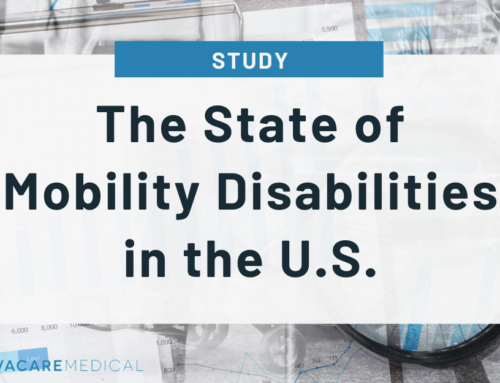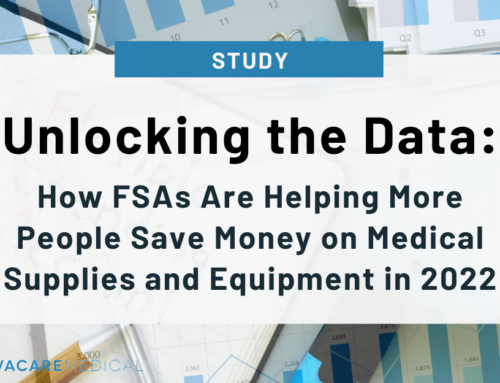With the rise of standardized medical conduct around the world, the draw of medical tourism is also on the increase, particularly from those who have limited mobility and had previously felt that such travel was another thing out of their reach.
Medical tourism is exactly as it sounds, when a person travels to another state in the US, or even to another entire country, in order to receive medical treatment. These treatments can range anywhere from cosmetic to life saving, such as in organs donations or cancer treatment.
The healthcare industry has been transformed by the accumulation and use of big data and transportation advancements that combine to afford patients unprecedented access to information and care. The health care transportation industry has evolved so much so that even programs like air ambulances have been developed, allowing for people to travel in moderate states of medical emergency to areas of the country, or the world, without having to deal with the hassle and stress of normal commuter flights, especially if you or a loved one requires special medical care.
The Benefits of Air Ambulances and Medical Tourism
Not only do air ambulances offer the same benefits as a regular ambulance with trained staff, physicians, and top-notch equipment, but they’re also more comfortable, more efficient, and sometimes even less expensive than the comparable helicopter life flight to the nearest hospital (assuming the situation isn’t such an emergency that life flight in a helicopter is absolutely necessary).
What does this mean for medical tourism? According to AMR Air Ambulance, there are a number of benefits for taking advantage of medical tourism, including lowered procedure costs, the speed of receiving the procedure, and, of course, the opportunity to participate in actual tourism while having procedures done. Without having to ask, it’s easy to assume that many people would much prefer to have a procedure done in, say, charming Switzerland, over the nearest big US city from where they live.
The Risks of Medical Tourism
Medical tourism isn’t a perfect method for everything, however, and sometimes can even be dangerous if not enough research is done about the target foreign hospital. Unfortunately, a number of unqualified locations have caught wind of this booming business and have tried to get their foot in the door, potentially skipping important health and safety standards, as well as avoiding responsibility when something does go wrong.
According to Travel + Leisure, “ … there are virtually no resources or organizations monitoring which hospitals or countries have the most malpractice cases or highest patient satisfaction rates,” meaning that, even if a majority of clinics offering services to foreign patients are reputable, it can be almost impossible to pick out which are not — especially if you do not speak the native language of the country in question.
Dr. Sam Rizk, a facial plastic surgeon in Manhattan Facial Plastic Surgery, goes on to say: “A lot of patients who go to South America to get cheap surgery end up coming back with problems. I’ve seen everything, from a patient who caught hepatitis in the Dominican Republic to one who had a piece of silicone implant sticking through his nose.”
Because of these risks, the Center for Medical Tourism Research is working on developing better ways for potential patients to get necessary information from their physicians and clinics in question, as well as upping the standards on what’s required in order to legally provide procedures to foreign patients in the first place. These standards already include proof of proper physician training and education, staff that speak foreign languages and understand foreign culture, and so on. Also included is not only basic health and safety standards, such as proper hygiene and patient care, and the implementation of radiological advancements in medical technology, of which the University of Cincinnati lists as anything ranging from blood transfusions to PET-CT scans for cancer.
In Conclusion
With all of that in mind, it’s important to remember a few key things about medical tourism: While there are certainly risks to taking advantage of this growing industry, most can be easily avoided through some simple research and time spent looking into what a person is seeking specifically, which areas of the world thrive in that specific field, and which clinics in that area have the most reputable staff and results.
Naturally, medical tourism might not be for everyone, and many would rather avoid the risk and remain comfortable at home, but the truth of the matter is, the business isn’t going anywhere soon, and will only improve over time!
Brooke Faulkner is a senior rights advocate and mother of two in the Pacific Northwest. She loves spending time with friends and family at the assisted living facility near her home, and has collected more stories there than she can count.




